Most of us will agree it’s really important that our churches reach out to children and families. But what if the thought of holding a baby terrifies you (“what if I just … drop it??”) or if, given a choice between leading a Junior Church session and sitting through every one of these Top 100 Bad Movies without a bathroom break, you’d be reaching for the DVD remote every time?
The good news is, you don’t have to be good with kids to support children’s ministry in your church. All ministry is supported by a lot of background work that makes the face-to-face stuff happen. Here’s a Top Ten list to get us started – feel free to add your own in the comments!
- Maintain an up-to-date email list of baptism families, and send them information of any activities your church is doing that are friendly for under-5s (Mailchimp can be useful for this – it’s a user-friendly way to send mass mailings, and the free version has everything you need).
- Keep an eye out while in charity shops for any toys or puzzles featuring Bible stories, in good condition, and bring them in for your children’s corner (if you have one) or your Junior Church.
- Make a knitted Nativity set (Parkinson’s UK has a pattern for £10) or knitted teddies for baptism families, or child-sized vestments for “playing church,” or …
- Be responsible for keeping track of volunteers, organising your Junior Church volunteer rota, and reminding them when it’s their week.
- Cook for Messy Church, or organise cooking teams for Messy Church.
- Help set up and tidy up Junior Church, Messy Church, etc – anyone willing to wield a broom, stack chairs, wash dishes, hoover up sequins …
- Distribute leaflets around town for your crib services, Messy Church, All-Age Services, holiday clubs, etc.
- Set up a standing order of £10 a month for art supplies, games, etc.
- Graphic design skills? Make leaflets and posters for your events.
- Be an ally to parents of young children in the service – remind other worshippers that babies and toddlers will sometimes fuss a little and it’s okay, or give an encouraging smile to a parent, or say “you’re doing really well” to a parent wrangling three children under 5, or smile and say “I’m so glad you’re here – it’s great to have the children in church.” Often, parents tell me that this is what made the difference between coming back to church or not!


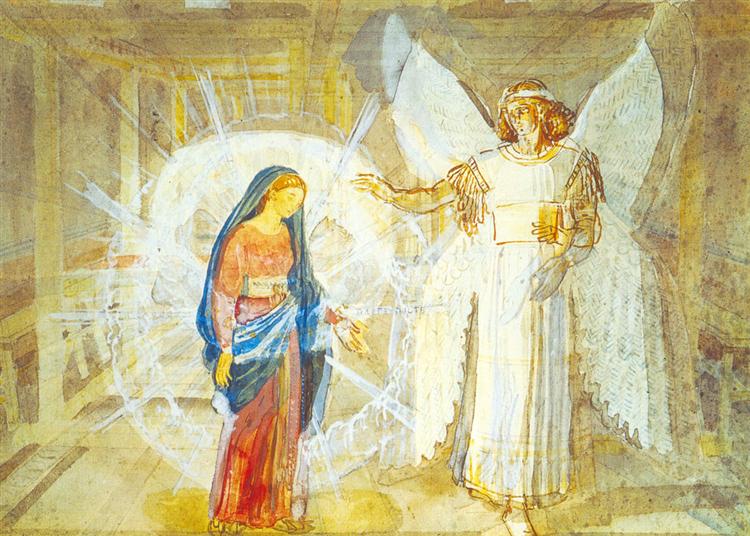
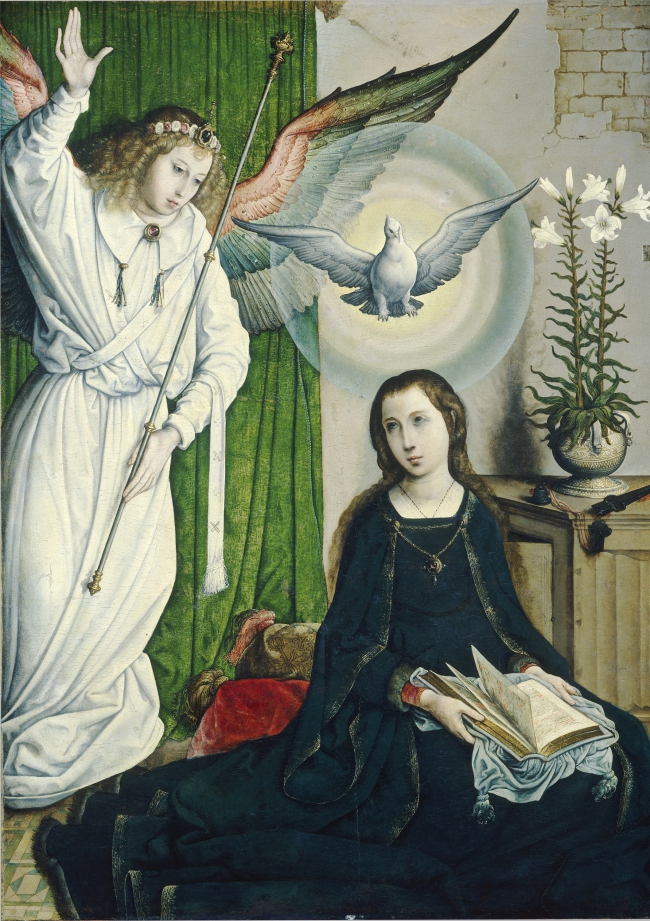




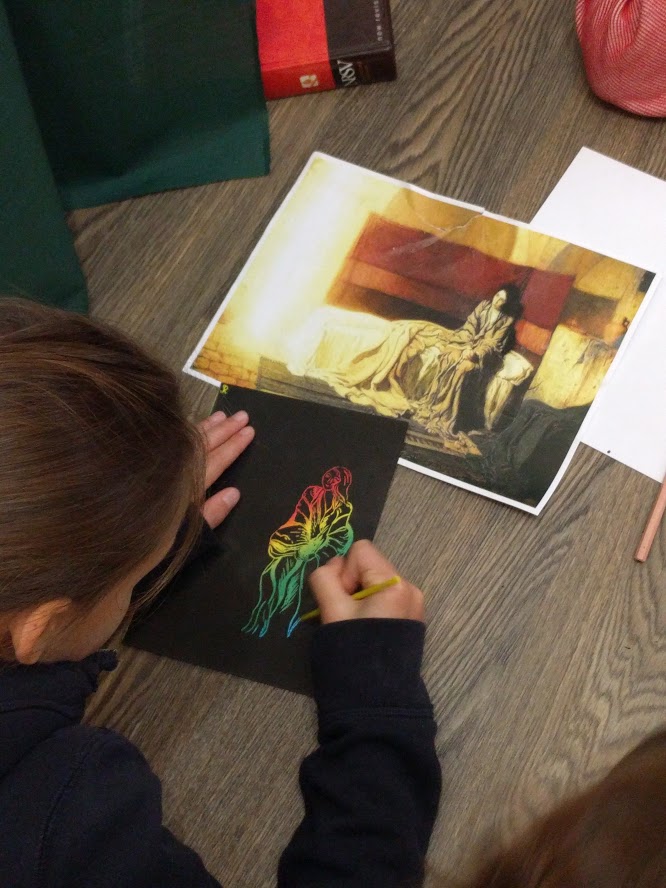

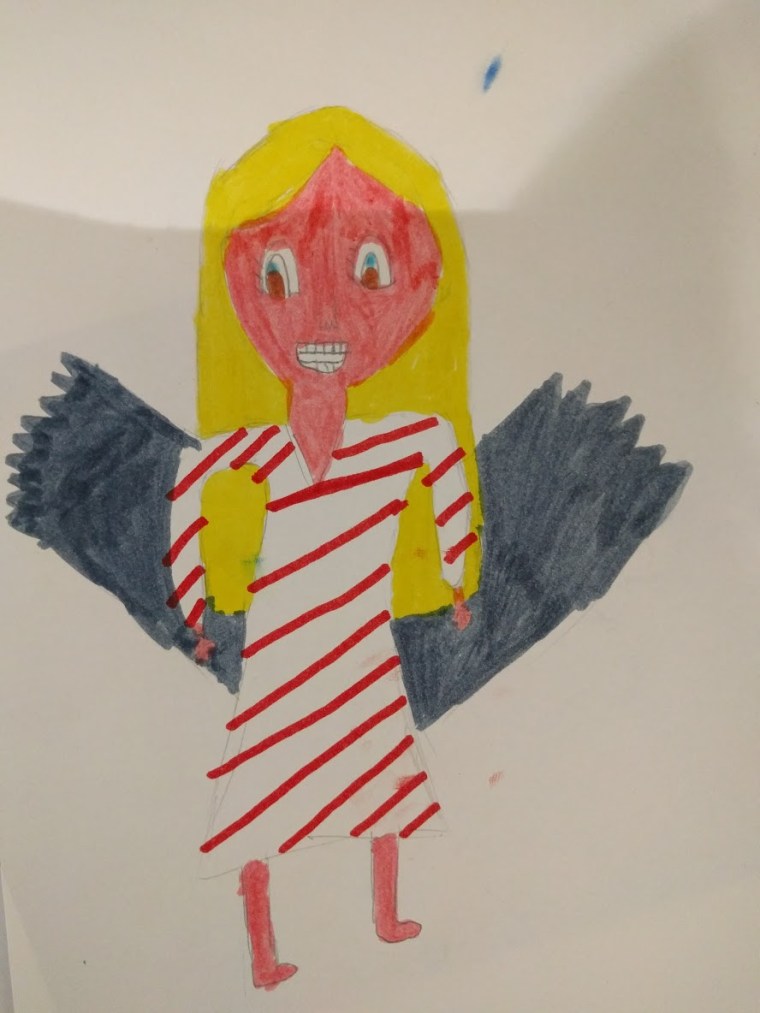

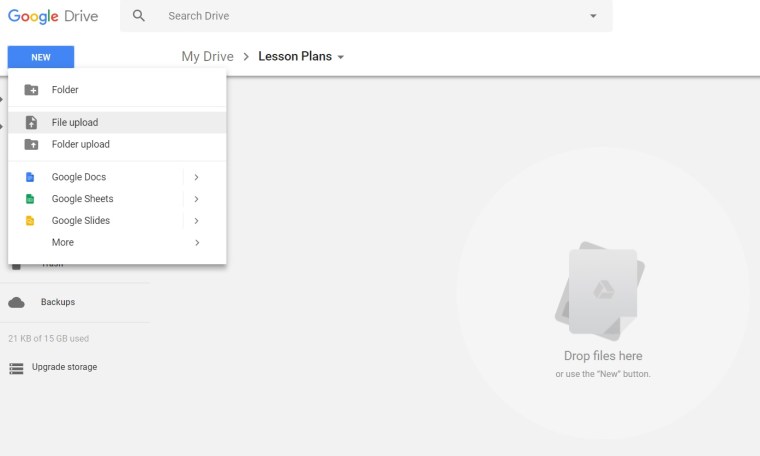




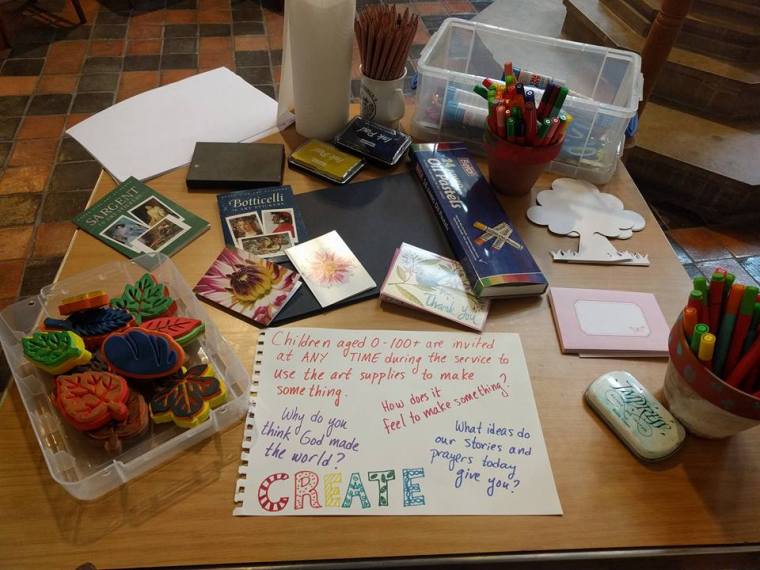
 A few weeks ago, I visited
A few weeks ago, I visited 